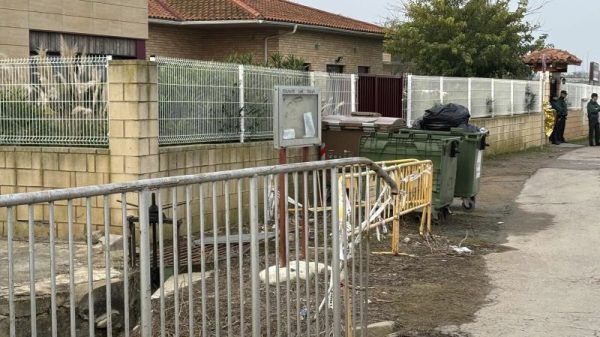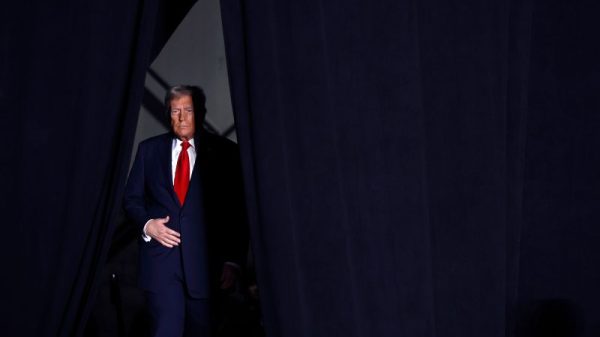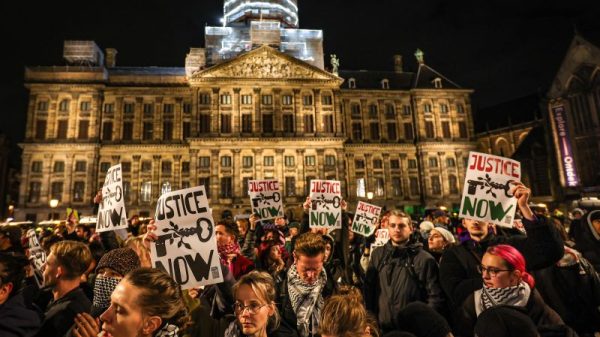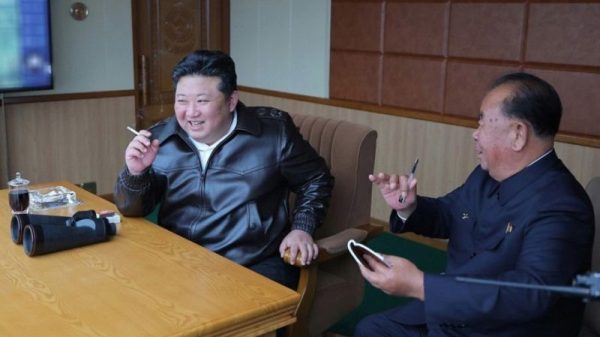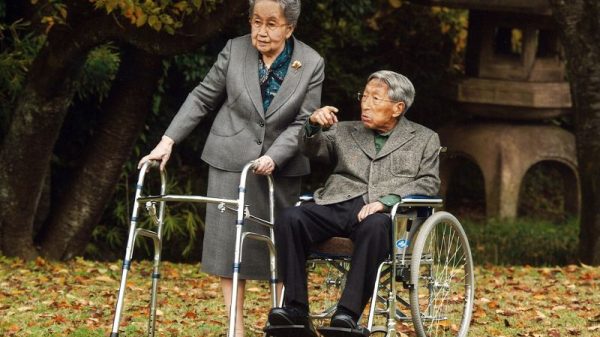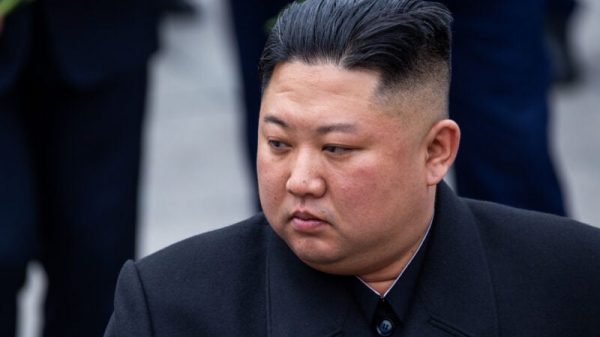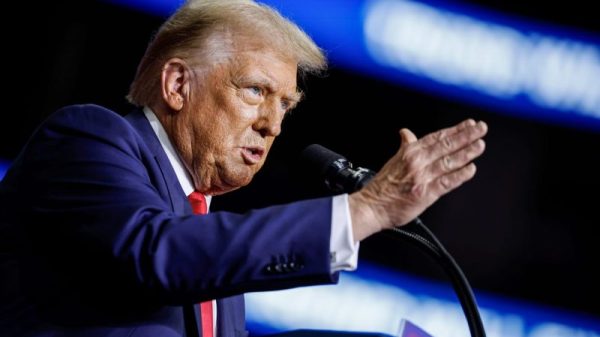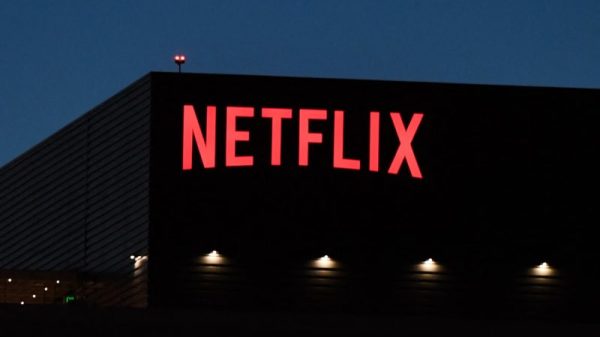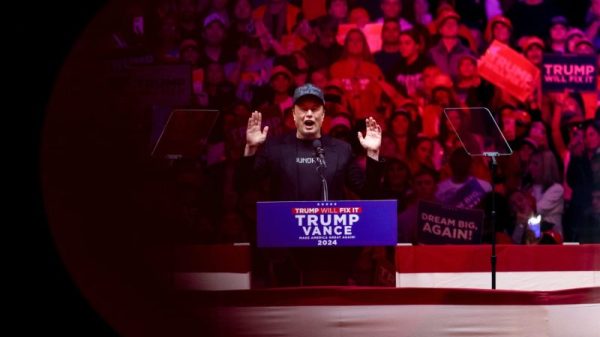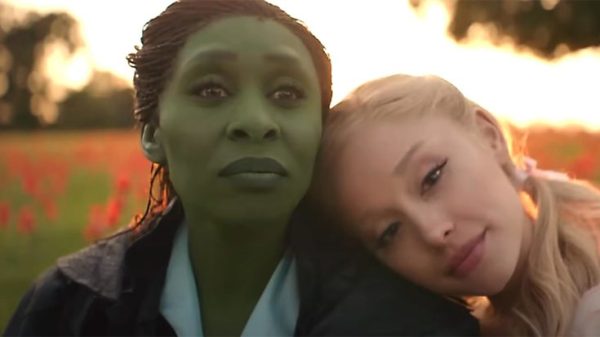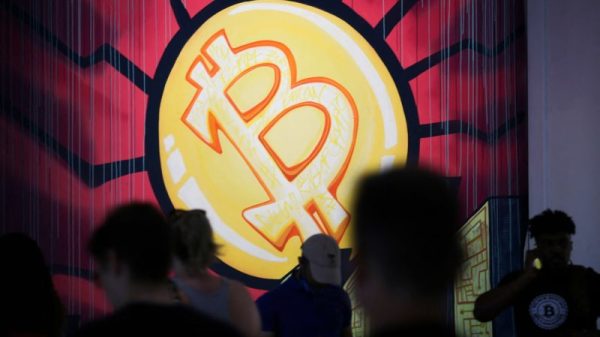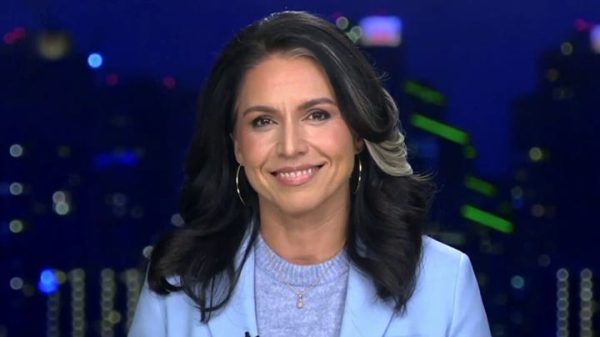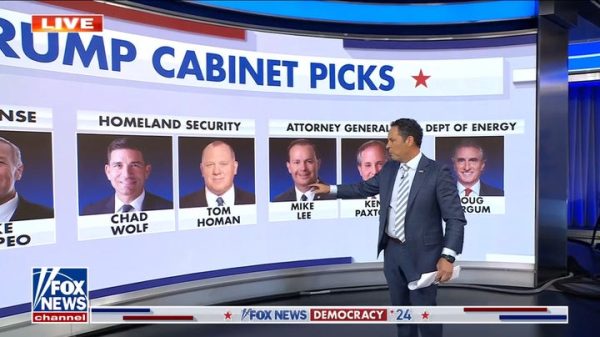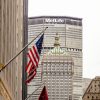The deadly shooting at former President Trump’s rally in Pennsylvania on July 13 was a ‘preventable’ incident stemming from a lack of proper planning and communication between law enforcement agencies, according to a new report.
The House Task Force investigating the attempts on Trump’s life is releasing their interim findings on Monday, with a final report expected by Dec. 13.
‘Although the findings in this report are preliminary, the information obtained during the first phase of the Task Force’s investigation clearly shows a lack of planning and coordination between the Secret Service and its law enforcement partners before the rally,’ the report said.
U.S. Secret Service (USSS) personnel at the event ‘did not give clear guidance’ to state and local authorities about how to manage security outside of their hard perimeter, nor was there a central meeting between USSS and the law enforcement agencies supporting them the morning of the rally – two findings presented as key failures in the 51-page report.
‘Put simply, the evidence obtained by the Task Force to date shows the tragic and shocking events of July 13 were preventable and should not have happened,’ the report said.
A would-be assassin’s bullet clipped Trump, Republicans’ 2024 nominee, in the ear while he was addressing supporters at a rally in Butler, Pennsylvania, over the summer.
Thomas Matthew Crooks, 20, opened fire on the rally from a rooftop just outside the event’s security perimeter, killing one attendee and injuring two others in addition to Trump.
The Monday report underscores the mountain of scrutiny that USSS has grappled with since the shooting, with lawmakers on both sides questioning how Crooks was able to fire eight shots before being killed by a single bullet to the head.
The task force found that Crooks ‘had been under scrutiny by the Secret Service’s state and local partners’ for roughly 40 minutes before ‘information about a suspicious person’ reached the USSS command post.
It said three local law enforcement officers noticed Crooks around 5 p.m. ET, each ‘independently’ deducing his ‘behavior and manner were suspicious.’
Back-and-forth ensued among local and state units, with communication made more difficult by a lack of a central command system with USSS.
The report later said that from around 5:38 p.m. to 5:51 p.m., ‘a series of calls and messages about Crooks’s description and movements reached the Secret Service.’
The document also referenced prior testimony by a witness from the Butler Township Police Department whose colleague spotted Crooks on the roof just before he opened fire.
That witness said their colleague fell from the roof – which he was tenuously gripping – while shouting ‘THERE’S AN AR! AN AR! AN AR! A GUY WITH AN AR!’
‘To date, the Task Force has not received any evidence to suggest that message reached the former President’s USSS detail prior to shots fired,’ the report said.
The report also quoted a witness from the Butler County Emergency Services United (ESU) whose account of shooting Crooks appears to undercut the USSS’s assertion that one of its snipers killed the gunman.
‘He fired a single shot from a standing position at Crooks, who was in a prone position on the roof. Butler ESU Witness 5 told the Task Force that he believes his shot hit Crooks,’ the report said.
Crooks’ autopsy suggests he was only hit by a single bullet which proved fatal, the report noted. Former USSS Director Kimberly Cheatle previously said a USSS counter-sniper killed Crooks, and the report said ‘there is no evidence to date to the contrary.’
‘The autopsy found no evidence of an entry wound from a second bullet,’ the report said.
His bloodwork was also ‘positive for antimony, selenium, and lead,’ with the latter element potentially coming from Crooks’ time spent at a firing range, according to the report.
The report also points to logistical issues – particularly on the part of USSS – in the hours before the rally took place.
For instance, there were two command centers set up for the event, with a witness testifying that no one from the Butler Police Department was invited to the USSS’ hub.
Butler ESU Commander Edward Lenz also told Task Force staff that a sniper from his unit advised a USSS agent to pick up a radio communication device from their command center to be able to keep in contact with local and state authorities – but the agent never retrieved it.
The report said ESU snipers, who were not positioned to monitor the building Crooks fired from but were inside the complex, were also not informed of any plan to keep an eye on the facility itself.
‘Local law enforcement told the Task Force that the Secret Service did not give any guidance to Butler ESU and Beaver ESU regarding the placement, role, and responsibilities of their snipers… they understood their assignment to be overwatch of the rally venue,’ the report said.
Local and state law enforcement held two briefings on the morning of the rally, but USSS ‘did not participate in either briefing,’ the report said.
USSS held its own briefing at 10 a.m. that day, but the report suggested local units were not invited.
Indeed, one Pennsylvania State police officer ‘was invited to the 1000 USSS briefing by one USSS agent, then subsequently asked to leave by another.’
In the conclusion of its report, the Task Force indicated it would continue its efforts to interview officials and review new details as they emerge, and reaffirmed its goal to investigate both the July 13 incident and the Sept. 15 assassination attempt against Trump at his West Palm Beach Golf Course.
The Task Force was commissioned by House leaders after a unanimous vote in the chamber.






